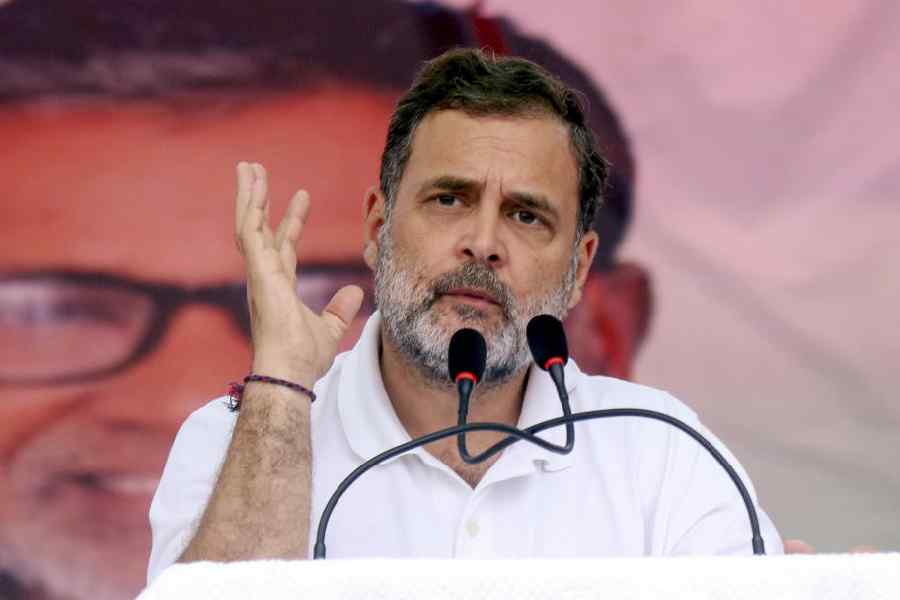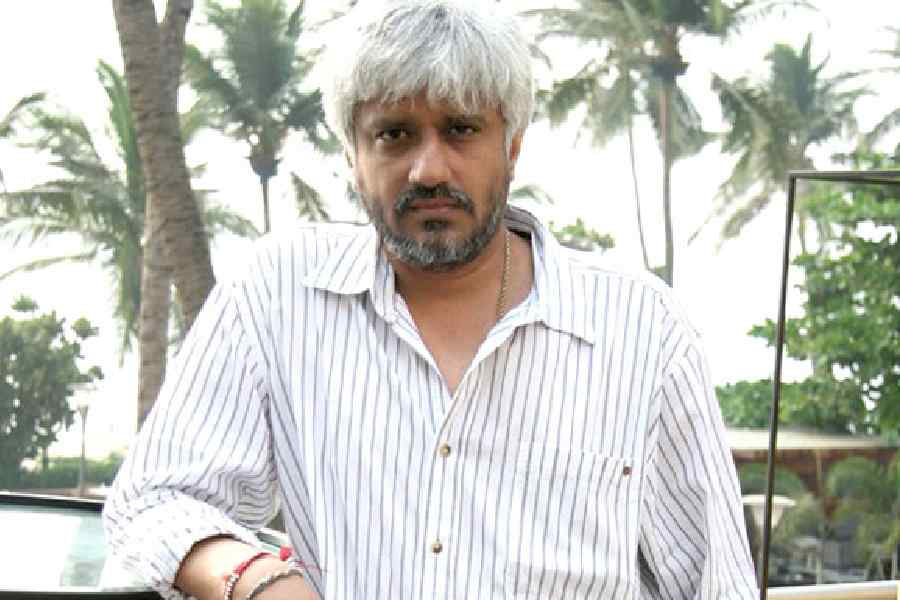 |
New Delhi, Feb. 2: The vocational education system will be overhauled by July this year, bringing in modern curricula designed by industry experts and awarding graduate and postgraduate degrees instead of just diplomas.
The move is expected not only to meet the increasing demand for skilled manpower in industries such as automobile, IT and telecom, but also tempt lakhs of school students, who would otherwise have drifted to the general streams, to vocational training.
“These students will be able to take up vocational education and hope for good jobs. Since the curricula are being designed by industry people, they will be in tune with industry needs,” said S.S. Mantha, acting chairman of technical education regulator AICTE.
Under the planned National Vocational Education Qualification Framework, even school dropouts can enrol in the courses, although students will be normally expected to join after Class X.
The new format will allow for eight to 10 years of study so that a student can have a thorough grasp of the vocation if he wants to. On the other hand, if he wants to quit midway to take up a job, the training he has undergone will not go waste.
The student will be awarded either a certificate or a degree at the end of each level of training (possibly at the end of each year), so he will have something to show when he applies for a job.
Any switch to mainstream education, too, will become easier, in case a student changes his mind.
Earlier, a student who had passed Class XII and then done a vocational course had to join a BSc, BCom or BA course right from scratch. Now, he would be able to join midway after doing a bridge course — which means vocational training will be given some sort of academic acknowledgement.
For the benefit of students who want to juggle work and training, the courses will be taught beyond normal hours, too. Apart from polytechnics and engineering colleges, the vocational courses will be taught on school premises after normal classes, thus leading to an increase in seats.
Only about five lakh seats are now available at the polytechnics and Industrial Training Institutes although some 1.3 crore people enter the labour market every year. So, nearly 95 per cent of the workforce lacks any training certificate.
The government hopes the new system will attract to vocational streams at least 40 lakh of the 1.6 crore children now studying at the senior secondary level.
The industry, facing a deficit of skilled manpower, has long been stressing the need for such a modern system. Now, after a meeting with automobile industry representatives and eminent academics, human resource development minister Kapil Sibal has formed a committee under Ashok Leyland managing director R. Seshasayee to draw up a curriculum for vocational courses in the car-making sector.
Similar committees will be formed to develop curricula for other sectors like IT, telecom, hospitality, financial services, and the insurance and construction industries.
The Central Board of Secondary Education has already asked affiliated schools to allow vocational courses to be taught on their premises after normal classes. The Kendriya Vidyalaya Sangathan is already allowing NGOs and industry bodies to run skill development courses after school hours.
The state governments agreed to the new system at a recent meeting with Sibal. The framework will be prepared within four months and then finalised by a committee of state education ministers.











